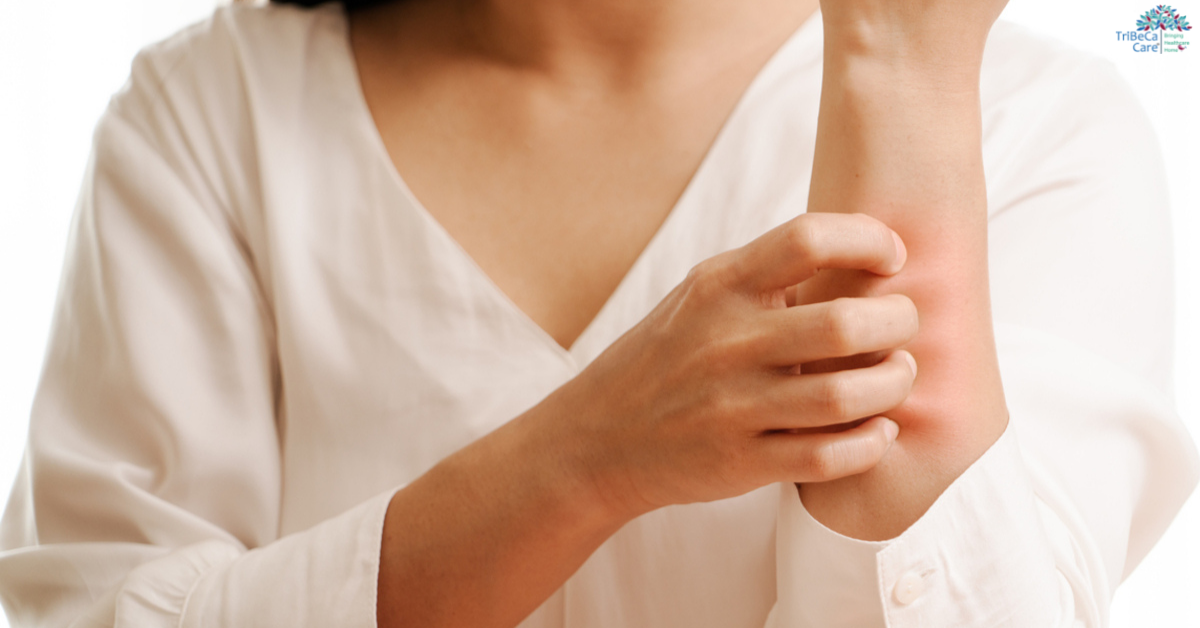One of the most common medical problems that continue to affect the quality of life of people is Diabetes. However, did you know that Diabetes can cause skin problems and skin diseases, too? While we want to point out that the majority of them can be treated, some conditions turn out to be too stubborn to get rid of. Are you starting to get bothered by deteriorating skin? Do you feel that your health is affecting your skin? It is well possible. People having diabetes have a chance of getting skin diseases. In fact, having skin diseases is an indication of having diabetes. This article will explore the various skin conditions that might occur in a person with diabetes.
Skin Diseases That can Stem From Diabetes:
There are several skin diseases that might result from diabetes. These diseases can be fungal, bacterial, protozoan in nature, and can affect the quotidian living of people. Here are 5 of the most common skin diseases that you can identify and immediately go for a checkup.
1. Acanthosis nigricans
This results in the thickening and darkening of one’s skin. Tanned areas or/or brown skin appear on the sides of the neck, groin, and armpits. Sometimes they even swell up. At times, this darkening of skin might happen on the elbows, hands and knees. Acanthosis nigricans has the potential to affect healthy people too. It is frequently found in people with diabetes.
2. Atherosclerosis
In Atherosclerosis, the blood vessels get narrow and the vessel walls get thick. Atherosclerosis is often associated with the blood vessels present in or about the heart. It can affect any blood vessel present throughout the body, including the skin. The narrowing of blood vessels of the skin results in a lack of oxygen supply which becomes a major issue. This results in loss of hair, thinning of the skin, discoloured toenails, thickened skin and cold skin. Blood is used to carry the white blood cells that counter infections, and provide immunity. When the legs and feet are affected by this disease, it takes a lot of time for them to heal.
3. Bacterial infections
There are several types of bacterial infections that include styes, boils and carbuncles. Styes affect the glands of the eyelids; boils affect the hair follicles, and carbuncles affect the skin and underlying skin tissues. Some bacterial infections also affect the nails. A bacterial infection can cause the affected areas to get hot, swell up, get red, and all painful.
Bullous diabeticorum is also called diabetic blisters. In some cases, diabetic patients develop blisters on the skin that look like burn blisters. These blisters are called bullous diabeticorum and can occur on the legs, fingers, hands, toes, feet, and forearms. These generally heal on their own and mostly occur in people with diabetic neuropathy.
4. Fungal infections
Candida albicans is a yeast-like fungus that is responsible for most of the fungal infections on the skin. They affect people with diabetes on a large scale. It creates itchy red rashes, surrounded by small blisters, scales and rashes. They occur in warm and moist skin places of the body. In case of fungal infections, the affected areas of the body must be kept dry.
5. Digital sclerosis and Disseminated granuloma annulare
“Sclerosis” means hardening, while ‘digital’ means toes and fingers. Digital sclerosis, hence, is a condition that thickens and tightens the toes, fingers, and hands. They also become waxy and stiff.
Disseminated Granuloma Annulare causes prominent ring- or arc-shaped red marks on the skin. There are rashes too that occur on the feet, fingers, and hands. They can also occur on the trunk. The colour of the rash can vary from red, skin-coloured or red-brown.
How can these skin diseases be prevented?
Well, one of the most useful tricks would be to control diabetes. But here are some other ways to do the same-
- Keep your skin clean and dry- it is important to do so as moisture helps fungi and bacteria grow.
- Eating healthy- maintaining the glucose level of one’s body helps prevent certain skin diseases.
- Notice your own body – after a wash, look and observe your body. If you find anything unusual, contact the doctor.
- Drink lots of fluids- fluids can wash away a lot of toxins and trouble-making organisms.
- Reduce the usage of chemical products on your skin- switching to natural ingredients is the best way to ensure that no reactions occur on the skin.
Being a diabetic patient can result in a lot of problems. Having or contracting skin diseases on one of them. It is very important to control diabetes in order to control the consequences. Get regular checkups, take medication on time, maintain hygiene and have a balanced diet. Prevention is always better than cure!
We, at TriBeCa Care, care about you and your family. Our Elder Care is categorically structured to provide the elderly with the support that they deserve. If you have any further query then feel free to reach us. Call us at + 913366064208 or request a callback. Email us at enquiry@newwpsite.tribecacare.com

